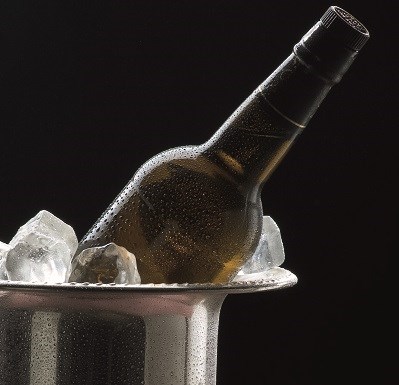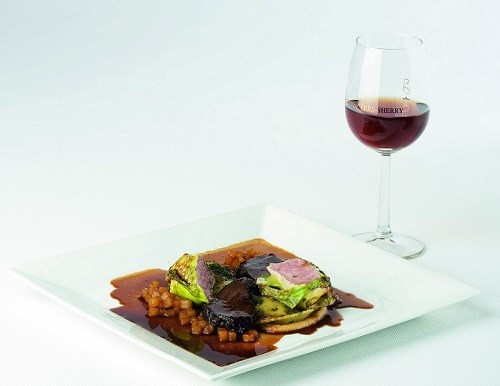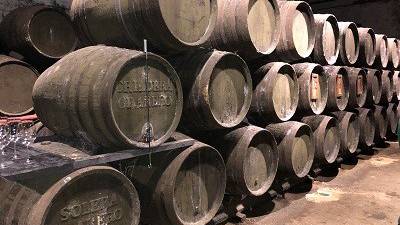This is not a wine tasting, it is about enjoying wines with food, but it is advisable to serve them in order, from the lightest to the strongest, so that one does not overpower the other with its potency.
So, while we finish preparing the table, we serve a chilled manzanilla, accompanied by a small plate of olives from Jaén, some fried almonds and some manchego cheese slices. Next, with all the family seated around the table, the first course is served: grilled wild asparagus and mushroom scrambled eggs, accompanied by a glass of amontillado. We then move on to the second course, a chicken curry with rice, which we serve with a glass of oloroso, perfectly harmonising with the intense flavour of the spices. Meanwhile, the father of the family, who is not too fond of curry, prepares a fresh grilled tuna steak, and opens a bottle of his favourite palo cortado. Dessert arrives, a scoop of vanilla ice cream, accompanied by a glass of Pedro Ximénez. Enjoy your meal and enjoy the Jerez wine!

 Log in
Log in









